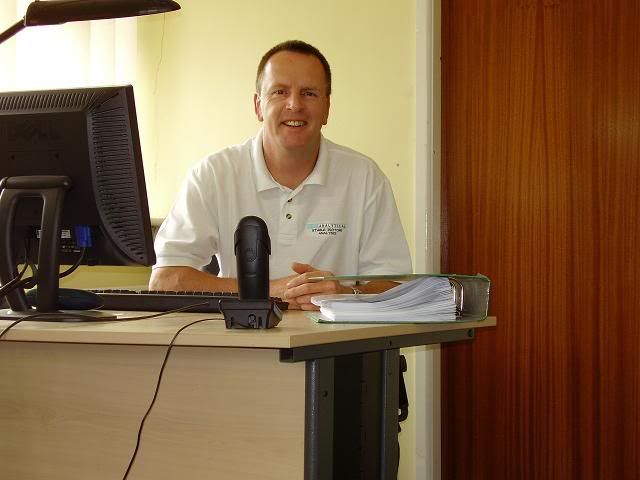It has often been mentioned to me by researchers that a project that generates somewhere between 10,000 and 20,000 samples would cost about the same to send them to us for analysis, as it would to purchase their own IRMS system (about $200,000). That is true. However, it is worth thinking a little deeper before spending that hard earned research grant money on your own mass spectrometer.
Other Costs
A new IRMS costs money to run. First the correct environment needs to be put in place which means a good clean power supply, temperature control (usually air conditioning), plenty of space to allow all round access to the equipment and high purity helium, oxygen and probably reference gases on tap. High quality consumables (quartz glassware, various chemical packings, combustion boats/cups) have to bought from specialist suppliers and are used in the analysis of each and every sample and reference material. While some reference materials can be bought in, it is necessary to set up at some cost a wide range of reliable, traceable working laboratory standards that need to be used on a daily basis. The equipment needs to be serviced which often means taking out an annual service contract with the manufacturer. Finally and probably most importantly there is the cost of the technician to prepare the samples (including any pre-analysis work up) run and maintain the instrument and analyze the data to check that it is both good and true. Despite the best efforts of IRMS manufacturers, the instruments today are still a long way from being (and probably never will be) black box technology so the right operator is of paramount importance.
Getting the best out of the instrument
Mass spectrometers, especially the isotope ratio variety, break down quite a lot. While service contracts are designed to help the user, the response time for an engineer to visit may be quite slow compared to more common scientific instruments. This is quite normal for a 'specialist' instruments because there are only a few 'specialist' engineers to go round. Quite often they have to visit you direct from the factory and therefore the further your lab is away from the factory, the longer the response time will be. In order to minimize instrument down time it is best if you can diagnose and fix the common failures yourself and this also means having access to some testing equipment and a stock of some expensive spare parts. While a single instrument can be fitted with a variety of sample preparation interfaces e.g. elemental analyser, gas handling device, dual-inlet and GC combustion interface, this in itself can lead to instrument down time. Switching from one interface to another often involves some manual work, connections have to be checked for leaks and there is always a 'settling' time while you wait for the new set up to become stable. Even apparently simple procedures of changing the elemental analyser from analysing one isotope to another, can lead to one or more days of downtime and the waste of expensive consumables if there are only a few samples that require a particular isotope measured.
Using an Analytical Service instead
The service we provide removes all of the above worries ensuring that you get your data on time and that the grant money is spent on publishing those results rather than buying an expensive piece of equipment. The key to providing this is our ability to keep the equipment running and having the facility to run different samples for different isotopes on five dedicated IRMS systems. Not to mention that the analysis is done by highly experienced operators and support staff that know how to deal with many different types of sample and how to obtain the best results for each. With the discount we provide for academic research and the potential for sending samples in part-state of readiness (e.g. pre-capsulated), you may be suprised just how far your research grant might stretch.
Steve Brookes
skip to main |
skip to sidebar

Five IRMS systems in a line!

ISO-ANALYTICAL . The Quantum Phase 3 . Marshfield Bank . Crewe . Cheshire . CW2 8UY . UK
Tel: +44 (0)1270 509533 . Fax: +44 (0)1270 509511
Email: info@iso-analytical.com . Web: http://www.iso-analytical.co.uk
Expertise in Stable Isotope Analysis since 2000
Mass Spectrometer Lab

Five IRMS systems in a line!
Hello, I am:
History
Iso-Analytical has been providing stable isotope analysis of the light isotopes of C, N, S, O and H since 2000. Our customers come from both academic and industrial research. Equipped with five isotope ratio mass spectrometer systems we measure around 20,000 samples per year. Soil, plant, tissue, biological fluids, gases, minerals and water, to name but a few. We provide a variety of turnaround, replication and pricing options to suit your needs.

